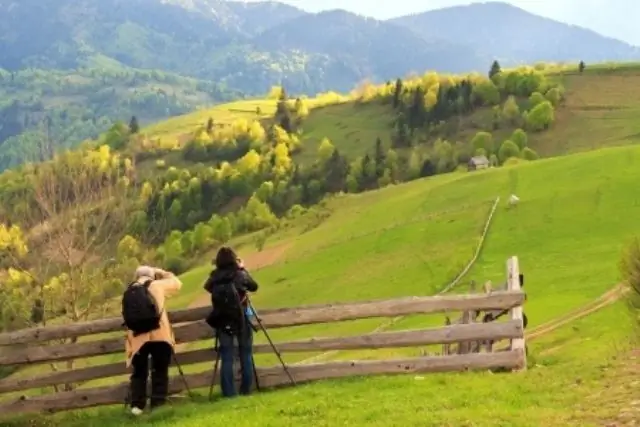This article describes the Microstock Editorial category and photos that might fall into this category. There are many examples of such photographs. The article can be useful for photographers who are going to work with microstock.

If you're just getting started with microstock, the word "Editorial" in categories can be confusing. Let's try to figure out what it means.
The cryptic word "Editorial" hides photographs intended for editorial use. Editorial use is a newspaper illustration, travel guide, or non-commercial presentation in which photography is used to illustrate an event. In other words, photography is used as a pictorial reference. Such photographs can be used to provide readers with information about the subject of photography. For example, illuminated photographs of the Eiffel Tower can be used to illustrate an article on lighting the Eiffel Tower. The buyer will not be able to advertise the freshest Parisian croissants with her image.
In other words, such photographs illustrate some important event, phenomenon, object for which the photographer does not have a release, but which in itself is quite important and in demand.
That is, an editorial image can be bought to illustrate an event or place, but it cannot be used to make money (for example, for commercial advertising).
Here are some examples of editorial posts:
- A museum building with a recognizable design. The photographer has no release for this building.
- People who came to the concert. There are many of them, and, obviously, the photographer did not ask them for permission to take pictures.
- Internal halls and exhibits of the museum, with or without visitors. Such images may also be marketed as editorial only.
- The recognizable logo of the Olympic Committee. Such an image can be very popular, but it can only be used to illustrate the work of the IOC, the Olympic Games or events associated with them.
- Famous person in the frame: actor, politician or writer.
- Just people doing their job: electricians, salespeople, doctors or scientists. Please note that these people should not be looking into the frame - the photograph should not be staged.
Additionally, editorial photography may include:
- any author's work, for example, Armenian carpets imitating traditional, designer clothes or recognizable jewelry. In other words, black shoes with red soles and tracksuits with recognizable side stripes will only be accepted editorially.
- everything that belongs to museums, including buildings and park areas (for example, the embankments of St. Petersburg);
- modern sculpture and monuments. Some old monuments may also be accepted as non-editorial;
- unique interior interiors.
All of these images can only be used to illustrate what is depicted in them.
Photobanks accepting photographs for editorial use will tag them in a special way. For example, stock 123rf puts a block with a dark pink background under the photo, where the following text is located:
Editorial Use Only: Use of this image in advertising or for promotional purposes is prohibited unless additional clearances are secured by the licensee. 123RF.com does not provide any clearance services.
(Editorial use only: Use of this image for advertising or sales promotion is prohibited unless the licensee has obtained the necessary permissions. 123RF.com does not provide a permitting service.)
Should I send pictures that can only be accepted in this category? I think so. For example, a good shot of a landmark will only benefit from the fact that knowledge does not look deserted, but with tourists, and photographs of a large number of people can sell as well as staged portraits.





